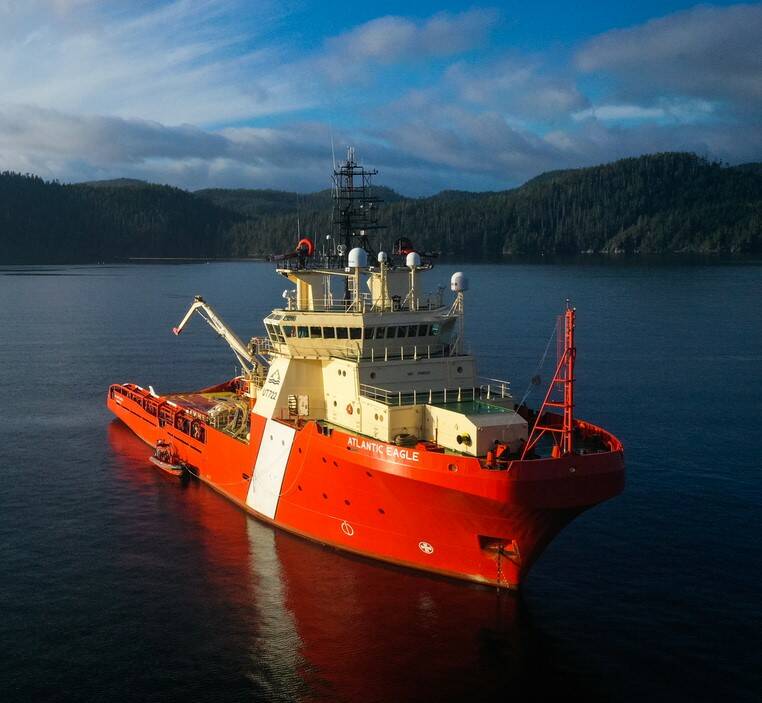Submitted by San Juan County.
On Jan. 26, San Juan County Council and the Islands Trust Council sent a joint letter requesting that the Canadian government “facilitate the repositioning of one of Canada’s multi-mission emergency towing vessels [ETVs, also referred to as rescue tugs] to Sidney, B.C., to extend the protections afforded by these vessels to the inland shipping corridor to Vancouver.” Washington’s ETV stationed in Neah Bay is generally too far away to rescue vessels that become disabled in Haro Strait, Boundary Pass and the Southern Strait of Georgia.
“Our County Council and Islands Trust previously requested Canada to position an ETV in Sidney back in May of 2018. We are again requesting this action to decrease spill risk currently posed by unescorted vessels transiting to and from Canada,” said Council Member Jamie Stephens. “We believe Canada can better utilize available emergency towing assets for spill prevention in the central Salish Sea as well as coastal waters. Our request is based on the current threat and not driven by future increases in vessel traffic, for which additional management actions to maintain safety may be needed,” added Stephens.
Recent studies by Canadian interests, San Juan County, and the Washington Department of Ecology collectively support the need for and feasibility of an ETV near Turn Point. These studies demonstrate:
• Tugs of opportunity cannot be relied upon for emergency response in the central Salish Sea.
• A dedicated ETV stationed in Sidney could be effective in responding to disabled vessels in inland waters.
• Positioning both of Canada’s ETVs off the coast does not provide the margin of safety needed for timely response to inland waters, such as the threats recently posed by M/V Zim Kingston, which could have resulted in a large oil spill when it caught fire near Victoria.
• Canada’s two ETVs have been present in the inland waters, mooring in Victoria or Sidney a total of 54 days in 2020, and could be reliably present for oil spill prevention if one were repositioned.
• Washington’s Neah Bay ETV and one Canadian ETV potentially could maintain protection of Canada’s west coast, responding in time to prevent 90-95 percent of vessels traveling a sufficient distance from shore from drifting aground.
Last year, San Juan County completed a Vessel Drift and Response Analysis to assess the effectiveness of an ETV hypothetically positioned in any of six Salish Sea ports to respond to distress calls in Haro Strait and Boundary Pass. The analysis identified the most effective positions to be in Roche Harbor and in Sidney, achieving about 80% effectiveness over a range of sea conditions.
The Department of Ecology also is studying the matter with results scheduled to be reported by September 2023.



